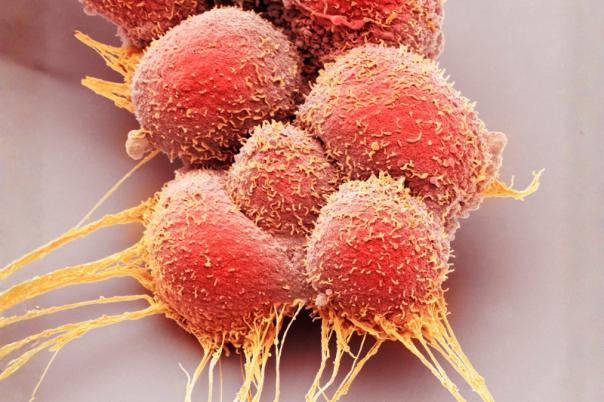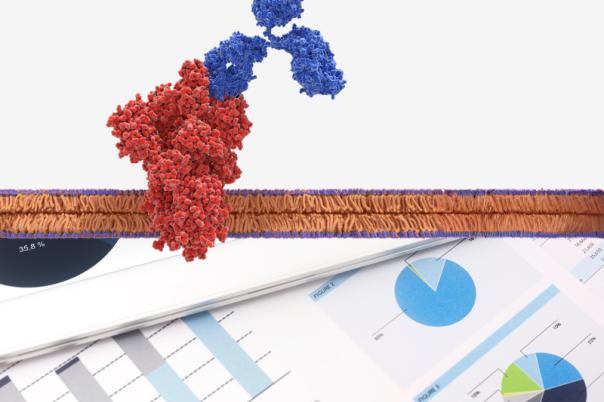Over the years, there has been a switch in focus from traditional methods like Southern blots to next-generation sequencing (NGS) for cell line characterisation. Benjamin Lindner, a Data Scientist at Boehringer Ingelheim discussed applying these different methods to integration site analysis.
Lindner mentioned that he believes NGS will replace traditional methods in the foreseeable future: with more regulatory bodies outlining guidance around its application in characterisation alongside discussions at BioPhorum, attitudes toward NGS from a regulatory and industry standpoint are evolving. He specifically focused on integration site analysis.
There are two common methods for integration site analysis: random integration and transposase-based systems. Random integration is a conventional method that involves linearized vectors being integrated at random positions, often leading to genetic instability. Transposase-based systems rely on enzyme-mediated integration into transcriptionally active loci, resulting in higher performance and genetic stability. The latter offers higher performance and genetic stability.
Southern blots are complicated to interpret and come with several technical limitations. For instance, throughput and inter-assay variability mean scientists often fail to collate information on where the integration site is. Lindner then explored the strengths and weaknesses of three different NGS methods: TLA-seq (targeted locus amplification sequencing), nrLAM-PCR, and hybridisation-based target enrichment.
TLA-seq is a PCR-based enrichment method for identifying integration sites. TLA-seq performs fairly well at identifying integration sites but relies on primer binding sites. nrLAM-PCR is cost-efficient and displays greater sensitivity than TLA-seq. However, it has specificity issues and also needs primer binding sites. The third and most promising method, hybridisation-based target enrichment, generates whole genome sequencing libraries and uses probes against vector sequences for enrichment. This method is highly specific, sensitive, easy to automate, and does not rely on primer binding sites.
Lindner commented that NGS could decipher genomic flanking regions without prior knowledge of integration sites, thus demonstrating massive promise. Overall, NGS has the potential to identify genetic instabilities and determine integration sites in just a single experiment leading to reduced hands-on time and enhanced robustness. With its widespread adoption anticipated across the life sciences industry, NGS could transform cell line characterisation as we know it.





